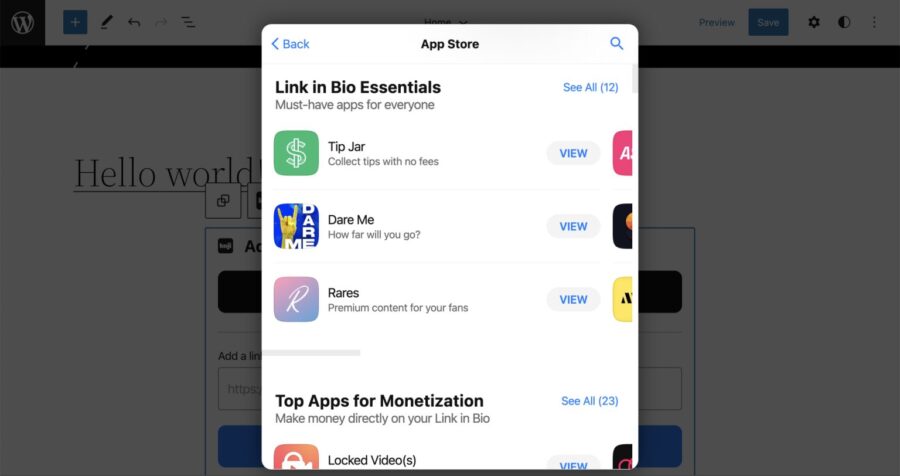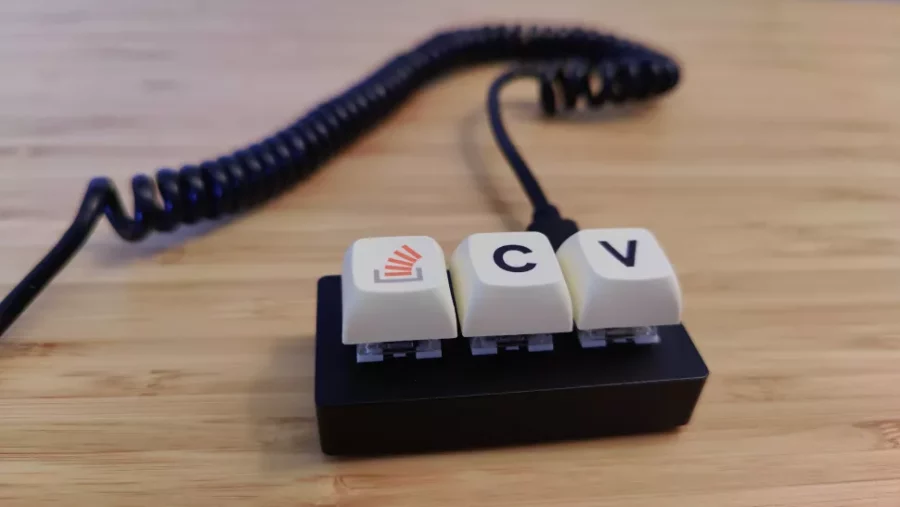
Twitter Tests More Visible Alt Text
A visible “ALT” badge, and exposed image descriptions, are among the features Twitter is testing to improve image accessibility on mobile and desktop.
In an announcement, Twitter states it’s testing the features with 3% of users across iOS, Android, and web browsers.
Twitter is aiming to launch these features globally in the beginning of April, following at least a month of testing.
Here’s more about the ALT badge, image descriptions, and how to add descriptive text to an image on Twitter.
ALT Badge On Twitter Images
When a description, also referred to as alt text, is added to an image a rectangular “ALT” badge will be shown in the bottom corner.
This signals to other users there’s the descriptive text accompanying the image.
To view an image description, users can click or tap on the ALT badge and the description will open, as shown in the example below:

How To Add An Image Description On Twitter
To add an image description, follow these steps:
- Upload an image
- Select “Add description” under the image
- Write a description
- Select “Save”
- Send tweet
Source: Twitter Tests More Visible Alt Text
Crawl, walk, run to real-time personalization

80% of customers agree the experience a company provides is as important as its products or services. That’s why enabling more human conversations through 1:1 personalized journeys drives loyalty and engagement for consumers, translating to growth and efficiency for your business.
But getting started on the personalization path is easier said than done, especially with competing priorities across your business’ teams.
Register today for “Crawl-Walk-Run to Real-Time Personalization,” presented by Salesforce and take your customer-centric approach to the next level.
Source: Crawl, walk, run to real-time personalization
SEO Best Practices For Migrating To Shopify

Imagine the despair you would feel seeing your new Shopify store’s organic traffic tank, sales evaporate, and page 1 rankings drop from search results.
After spending months building out your new Shopify site, sleepless nights going back and forth with web designers and developers, nail-biting hours spent refreshing your Analytics and waiting for sales to trickle in again, let’s just say, migrating to a new eCommerce platform can be a daunting task.
But don’t worry, this won’t be you.
By following these SEO best practices for migrating to Shopify, you can eliminate the anxiety and pave the way for a smooth transition to your new Shopify store.
Why Migrate To Shopify?
Shopify is the global leader in supporting independent eCommerce brands to branch out and grow their store on their own terms.
It’s a great alternative to the likes of Amazon, allowing merchants more control over their brand and marketing.
In 2021, merchants sold $175.4 billion in sales through the Shopify platform.
Migrating To Shopify
The last thing any business owner wants is to lose all their hard-earned domain authority, backlinks, and organic traffic.
Regardless of how large or small your business is, migrating to a new eCommerce platform is not an easy process but heed this warning don’t migrate your store to Shopify without a plan.
If you don’t plan and execute a migration correctly, organic traffic can be cut by 50% within weeks of migrating.
Pre-Migration
Set Up The New Shopify Store
Review Canonical Link Structure
Backup Everything
Setup 301 Redirects From Old Url To New Shopify URL
Consider Internationalization
Timing
Migrate Content
Update Internal Linking Structure
Post-Migration
Annotate Launch In Google Analytics
Submit New Sitemap To Google And Bing
Submit Change Of Address Request In Google Search Console And Complete Bing Site Move Tool
Check That Google Analytics And Search Console Are Functioning Correctly
Outreach To Highest-authority Backlinks To Get Them To Update To New URLs If Possible
Recrawl The Old Website
Monitor 404s
Shopify Migration Success Is Possible
While not every migration to Shopify will be all rainbows and butterflies, following these steps can help get the best possible results.
There’s zero need to migrate and lose all your hard-earned SEO wins.
You’ve worked hard for them and with these SEO best practices for migrating to Shopify, you can take them with you.
Source: SEO Best Practices For Migrating To Shopify
Koji Launches New Block Plugin for WordPress
Koji, a popular “link in bio” platform that provides apps to the creator economy, has launched a WordPress plugin for the block editor. The San Diego-based startup has raised $36.1M, most recently securing $20M in a funding round led by Jump Capital. Koji has attracted 150,000 users since its official launch in March 2021. It offers a way for creators on TikTok, Instagram, Twitch, and other social media platforms to monetize their followings.
“WordPress, along with the bloggers and creators it supports, is a cornerstone of the modern creator economy,” Koji CEO Dmitry Shapiro said. “This integration is a massive addition to the power and extensibility of WordPress, giving bloggers a frictionless and intuitive way to incorporate Koji mini-apps in their content strategies.”
The new plugin introduces a Koji App block that gives users access to Koji’s app store and 200+ web-based mini-apps. The apps offer a wide array of interactive functionality, such as e-commerce, games, video guestbook, calendar scheduling, NFT storefronts, billboards, and more.

Although the plugin’s description page says that it allows users to “embed any Koji app,” it’s not explicit about how that looks on the front. The app store launches in an overlay where you select and customize the app. In testing the plugin, I found that when you insert the app into your WordPress site, it just shows up as a black button that says “My Koji App.” You can customize the button’s color and text, but that’s about it. The button launches the app in a lightbox-style overlay on top of the page content.
Source: Koji Launches New Block Plugin for WordPress
This tiny mechanical keyboard started out as a joke, but it captured our heart

When we first heard about The Key, a minuscule mechanical keyboard with just three keys, we resolved to get our hands on one.
Imagined into existence by coding forum Stack Overflow with the help of designer Cassidy Williams, The Key has just one purpose: to copy and paste. A noble calling, if ever there was one.
The only problem was that The Key didn’t actually exist. It was all just a cruel joke, an April Fool’s stunt par excellence.
However, sensing the team had inadvertently come up with a rather good idea, Stack Overflow secretly commissioned Drop to manufacture a small number of boards. And in September last year, The Key eventually went on sale for the first time, priced at $29.
Joke’s on you
The core philosophy behind The Key is simple: everyone copies sometimes, and that’s nothing to be ashamed of.
“They say good artists copy, but great artists steal. They were wrong. Great artists, developers, and engineers copy. Then they paste,” wrote Stack Overflow, when The Key made its debut.
“Every day, millions of innovators and creators across the globe move society and industry forward by copy-pasting code. But for too long, this process has been stuck in the past. Say goodbye to cramped fingers, sore wrists, and wasted movement. Say hello to The Key.”
The Key is first and foremost a joke at the expense of developers, who regularly steal code snippets from Stack Overflow to use in their own projects, but for whom is called a “copy and paste programmer” would be a mortal insult.
Surprising depth
Although it may look like The Key is good for one thing only, it’s actually relatively easy to reprogram for functions beyond just copy and paste, courtesy of its QMK firmware.
It’s not the most straightforward process ever for the novice, but if this writer can do it, you certainly can too. And Drop provides an excellent walkthrough that holds your hand the whole way.
There are plenty of possibilities, when you start to think about it; you could reconfigure the three keys to act as mute, volume up, and volume down buttons, or play/pause, previous track, and next track. The real power users, meanwhile, may want to set up each key as a macro, whereby a series of commands are executed with a single keystroke.
In other words, while The Key is a perfect copy-and-paste machine straight out of the box, there’s more to this little board than meets the eye, especially for anyone clever enough to figure out how to tap into its full potential.
Source: This tiny mechanical keyboard started out as a joke, but it captured our heart
More News:
Google launches automated vehicle ads